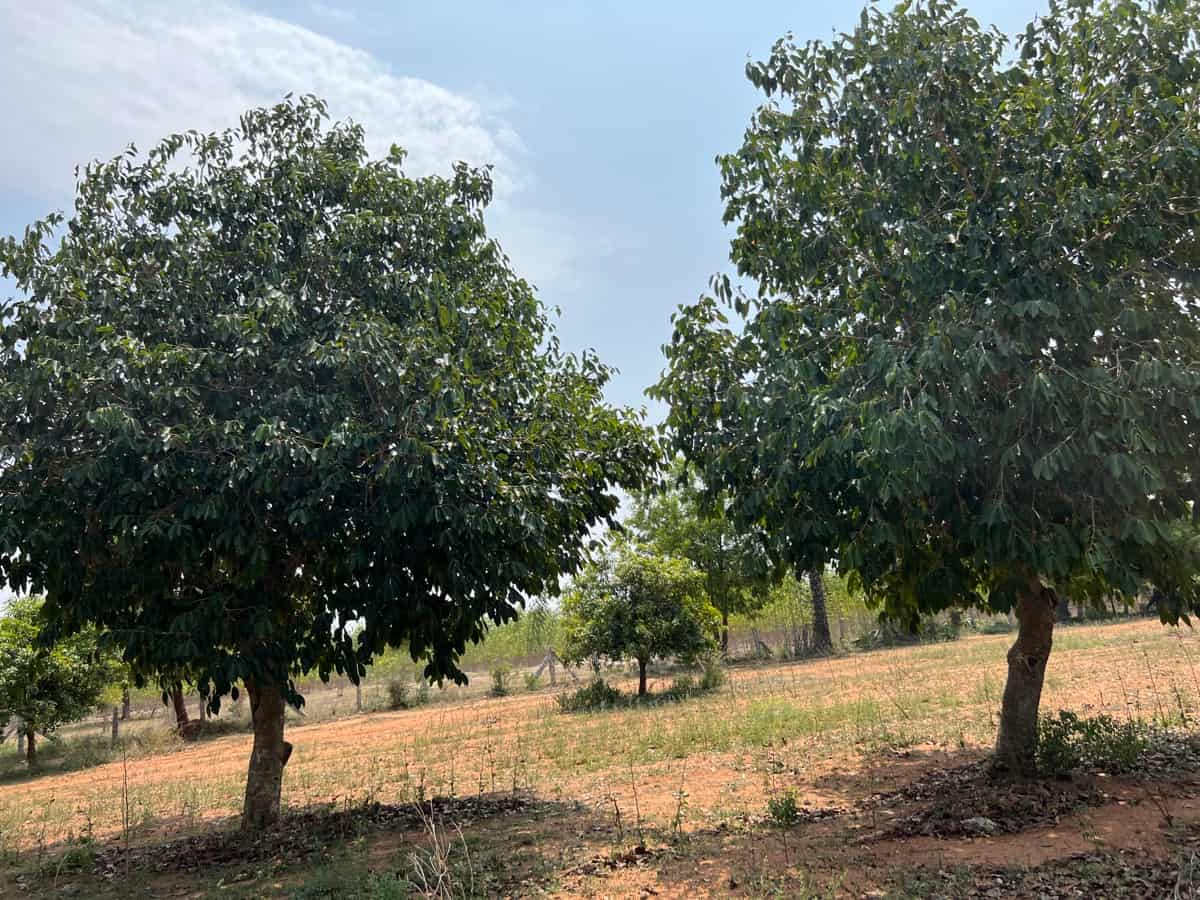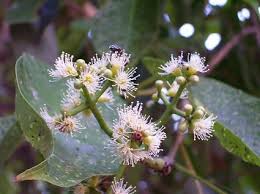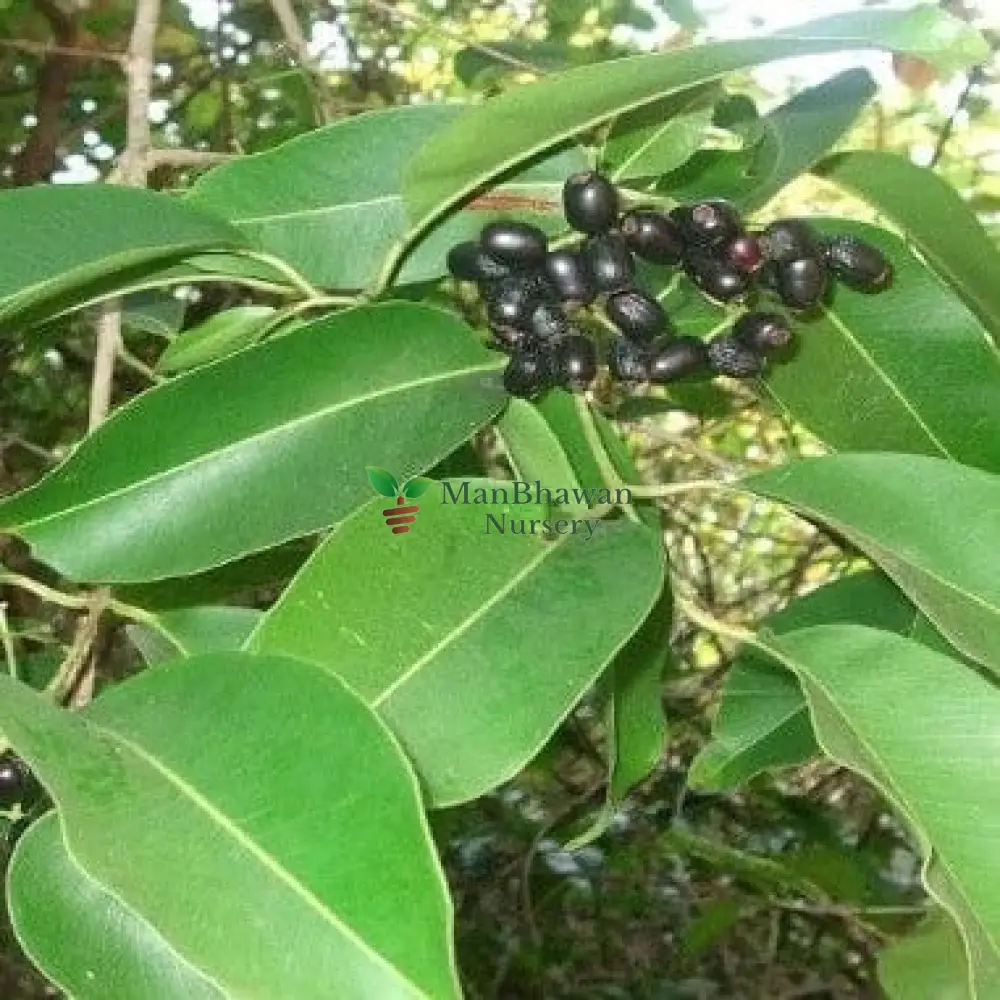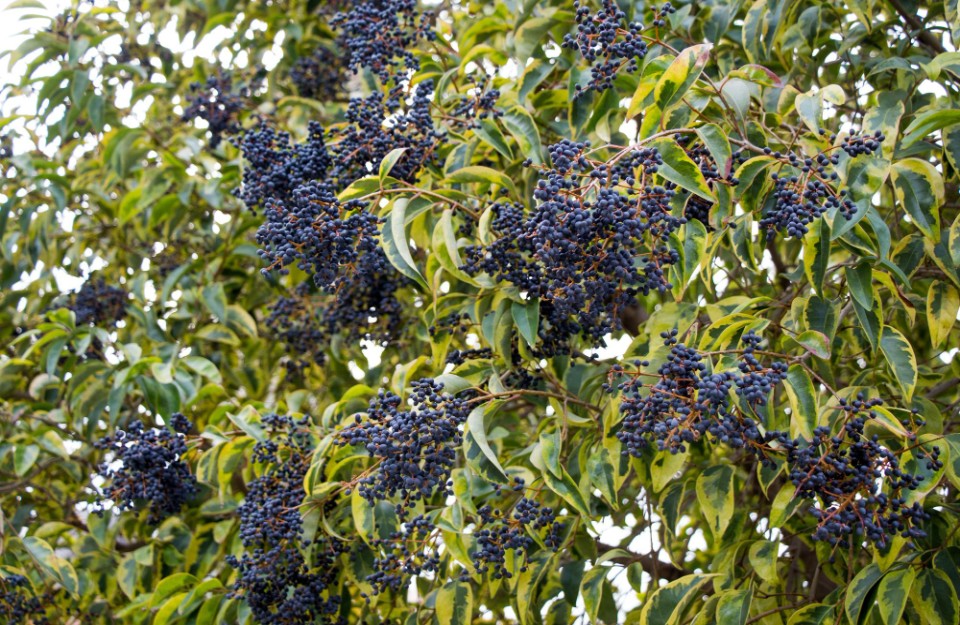🍇 JAMUN TREE 🍇

The jamun tree, scientifically known as Syzygium cumini, is a tall, evergreen tree native to the Indian subcontinent and other parts of Southeast Asia. It's a versatile plant, valued for its fruits, wood, and medicinal properties.
Key Features:
Appearance:
Jamun trees can grow up to 30 meters tall and have glossy, elliptic-oblong leaves and small fragrant white flowers.

Fruit:
The tree bears dark purple, small fruits with a distinctive sweet-tart flavor. The fruits are known for their various culinary and medicinal uses.
Uses:
- Culinary: Jamun fruits can be eaten fresh, added to salads, blended into smoothies, or used in jams, jellies, and sauces.
- Medicinal: The fruits, seeds, and bark are traditionally used in Ayurvedic medicine for various ailments, including diabetes, digestive problems, and blood pressure.
- Wood: The wood is strong and water-resistant, making it suitable for carpentry, boat-building, and railway sleepers.

Growth:
Jamun trees can be grown from seeds or grafts, with grafted trees bearing fruit earlier. They thrive in tropical and subtropical climates and prefer well-drained, deep loam soils.
Cultivation:
Jamun trees are commonly grown in India, particularly in the tropical and subtropical regions, says the TNAU Agritech Portal 2. They are also grown as avenue trees and windbreaks due to their size and shade.
Global Distribution:
While native to the Indian subcontinent, jamun trees are also found in other parts of Southeast Asia, including Indonesia, Bangladesh, and Myanmar.



